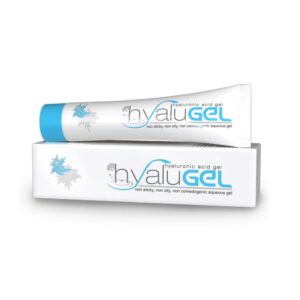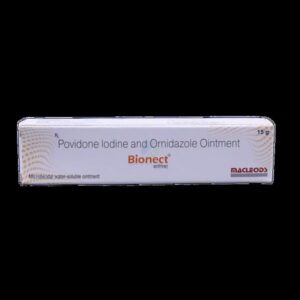HYALURONIC ACID
HYALURONIC ACID: Hyaluronic acid is a substance that naturally occurs in the body and has several important functions, including lubricating and cushioning joints, promoting hydration in the skin, and facilitating wound healing. It is also available as a medication in the form of injections, and it is primarily used in the field of dermatology and orthopedics.
In dermatology, hyaluronic acid injections are commonly used as dermal fillers to reduce the appearance of wrinkles and restore volume to the face. These injections help to smooth out lines and wrinkles by adding volume and hydrating the skin. Moreover, hyaluronic acid fillers can also be used to enhance lip volume and shape, as well as to improve the appearance of scars.
In orthopedics, hyaluronic acid injections are used for the treatment of osteoarthritis. It is a common treatment option for individuals who have not responded to more conservative measures, such as physical therapy or pain medications. Hyaluronic acid injections are administered directly into the affected joint to help reduce pain, improve mobility, and provide lubrication to the joint.
The mechanism of action of hyaluronic acid injections involves replenishing the natural hyaluronic acid that is lost due to aging or disease. By injecting hyaluronic acid into the affected area, the medication helps restore the cushioning and lubricating effects, reducing pain and improving joint function in the case of osteoarthritis or enhancing volume and reducing the appearance of wrinkles in dermatology.
The dose of hyaluronic acid varies depending on the specific application, the brand of the medication, and the healthcare professional’s recommendation. In dermatology, the dosage depends on the area being treated and the desired results. For osteoarthritis treatment, the number of injections and the dose depend on the severity of the condition and the joint being treated. Typically, a course of treatment involves a series of injections spread out over several weeks or months.
As with any medication, hyaluronic acid injections can have side effects. Common side effects include temporary redness, swelling, bruising, or tenderness at the injection site. These effects usually subside within a few days. In rare cases, more severe side effects can occur, such as an allergic reaction, infection, or damage to the surrounding tissue. It is important to discuss any concerns or potential risks with a healthcare professional before undergoing treatment with hyaluronic acid.


